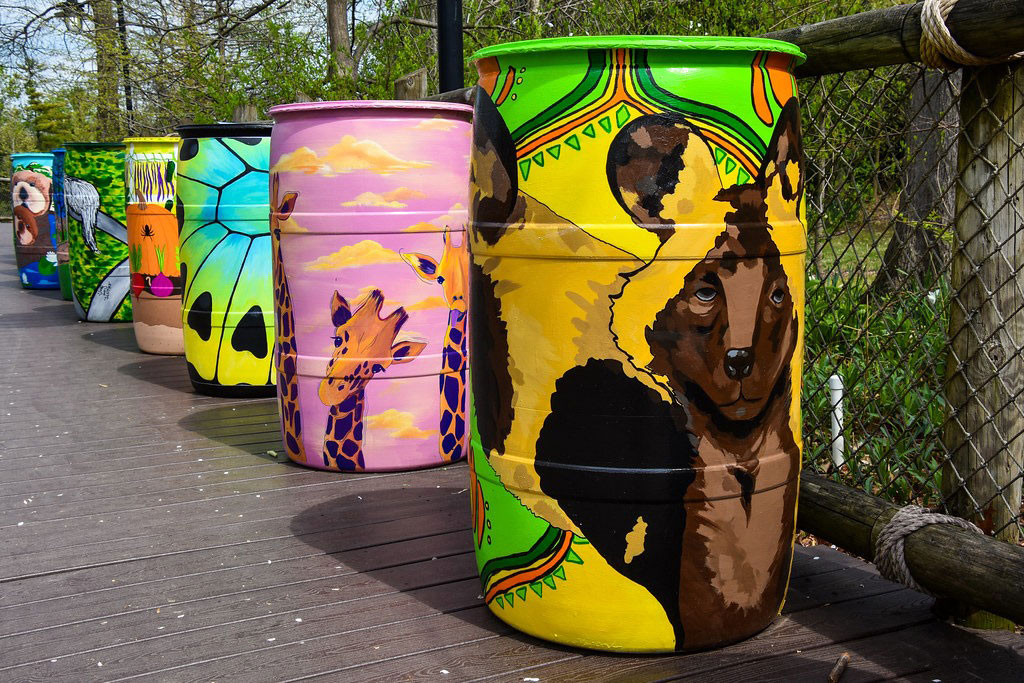
WITH EMPHASIS ON ENVIRONMENTAL SUSTAINABILITY CENTRAL TO THEIR MISSION, ZOOS EMBRACE TECHNOLOGY, INFORM ABOUT ITS BENEFITS
This article first appeared on arcsainternational.org
Zoos are ideal venues for demonstrating the importance of sustainable water management due to their unique role in conservation, education, and community engagement. Rainwater harvesting involves capturing and storing rainwater from roofs, pathways, and other surfaces for reuse in irrigation, animal care, and cleaning.
The Benefits of Rainwater Harvesting in Zoos
Zoos play a pivotal role in conservation, education, and environmental sustainability. Among the many green initiatives adopted by zoos, rainwater harvesting stands out as a highly effective strategy for reducing water consumption, mitigating environmental impact, and promoting sustainability. From cleaning enclosures to maintaining landscapes, rainwater harvesting systems have become an integral part of modern zoo operations. Below, we explore the benefits of rainwater harvesting in zoos, highlighting initiatives from Potter Park Zoo, Blackpool Zoo, Cincinnati Zoo, the Henry Doorly Zoo, and the Indianapolis Zoo.
Water Conservation
Rainwater harvesting allows zoos to collect and repurpose rainwater for a variety of uses, significantly reducing their reliance on municipal water supplies. This conservation approach is particularly beneficial for zoos, where water demand is high due to animal care, cleaning, and landscaping.
The Cincinnati Zoo exemplifies the potential of rainwater harvesting in reducing water usage. The zoo’s sustainability and net zero initiatives place a strong emphasis on rain-water and stormwater management as key strategies for achieving net zero water use by 2025. The zoo has implemented advanced systems, including stormwater retention tanks beneath habitats like Africa and Roo Valley, which collectively store 500,000 gallons of rainwater for use in exhibits, gardens, and irrigation. With the addition of a 1,000,000-gallon tank under the Elephant Trek habitat, the total storage capacity will reach 1.5 million gallons, enabling the zoo to meet all its water needs through collected rainwater. These efforts have not only conserved over 2 billion gallons of water since 2006 but also reduced water costs by 80% and significantly mitigated sewer overflows in the surrounding community. By prioritizing rainwater and stormwater innovation, the zoo serves as a model for sustainable water management in urban environments.
Similarly, Blackpool Zoo (Lancashire, England) utilizes a rainwater harvesting system to clean animal enclosures, demonstrating how repurposed rainwater can fulfill non-potable needs effectively. This system not only reduces costs but also minimizes water waste.
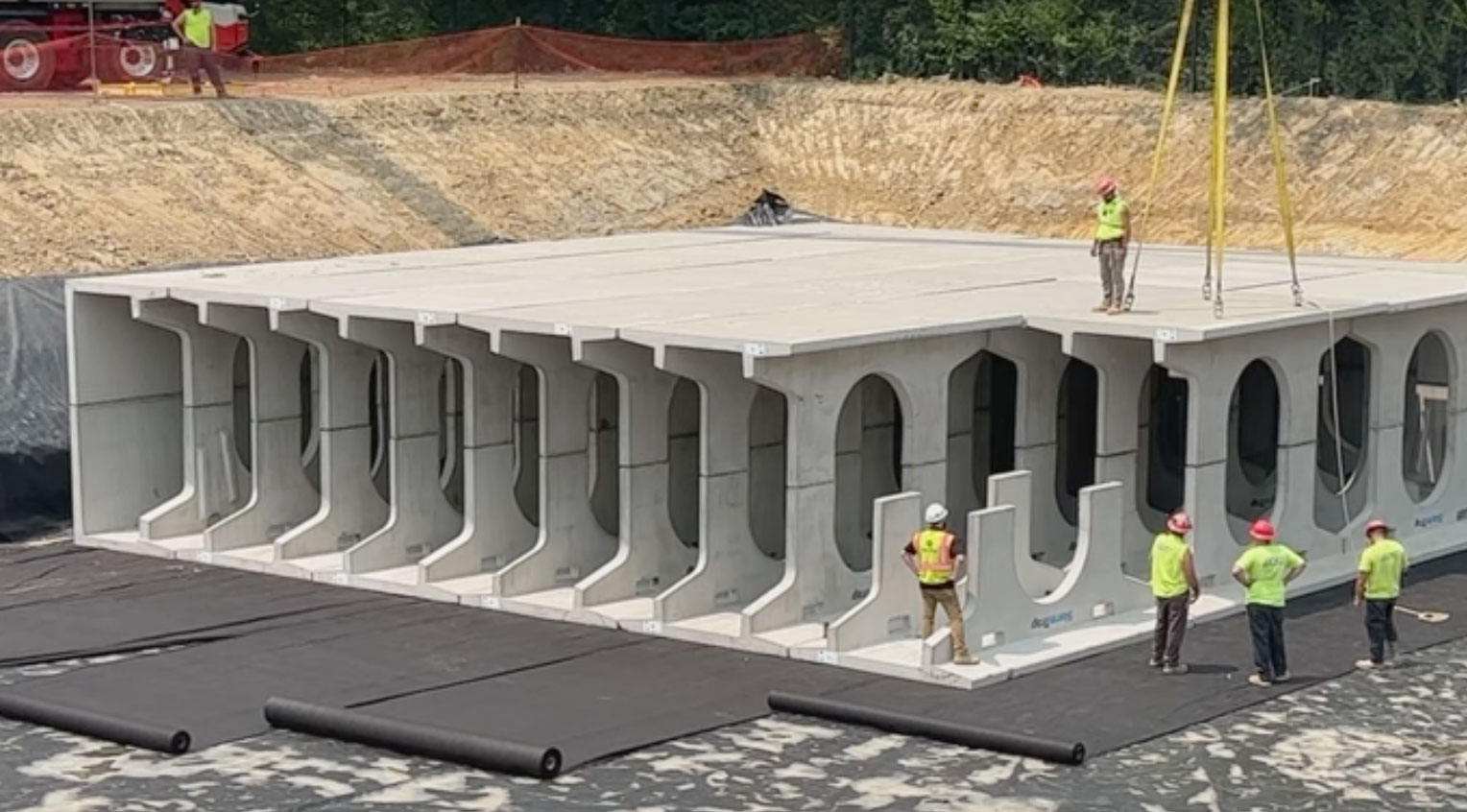
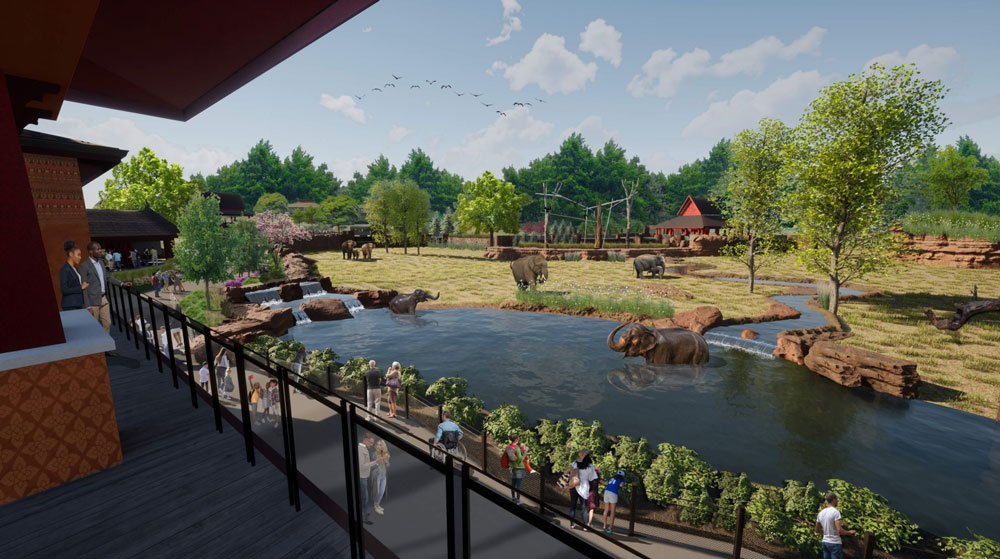
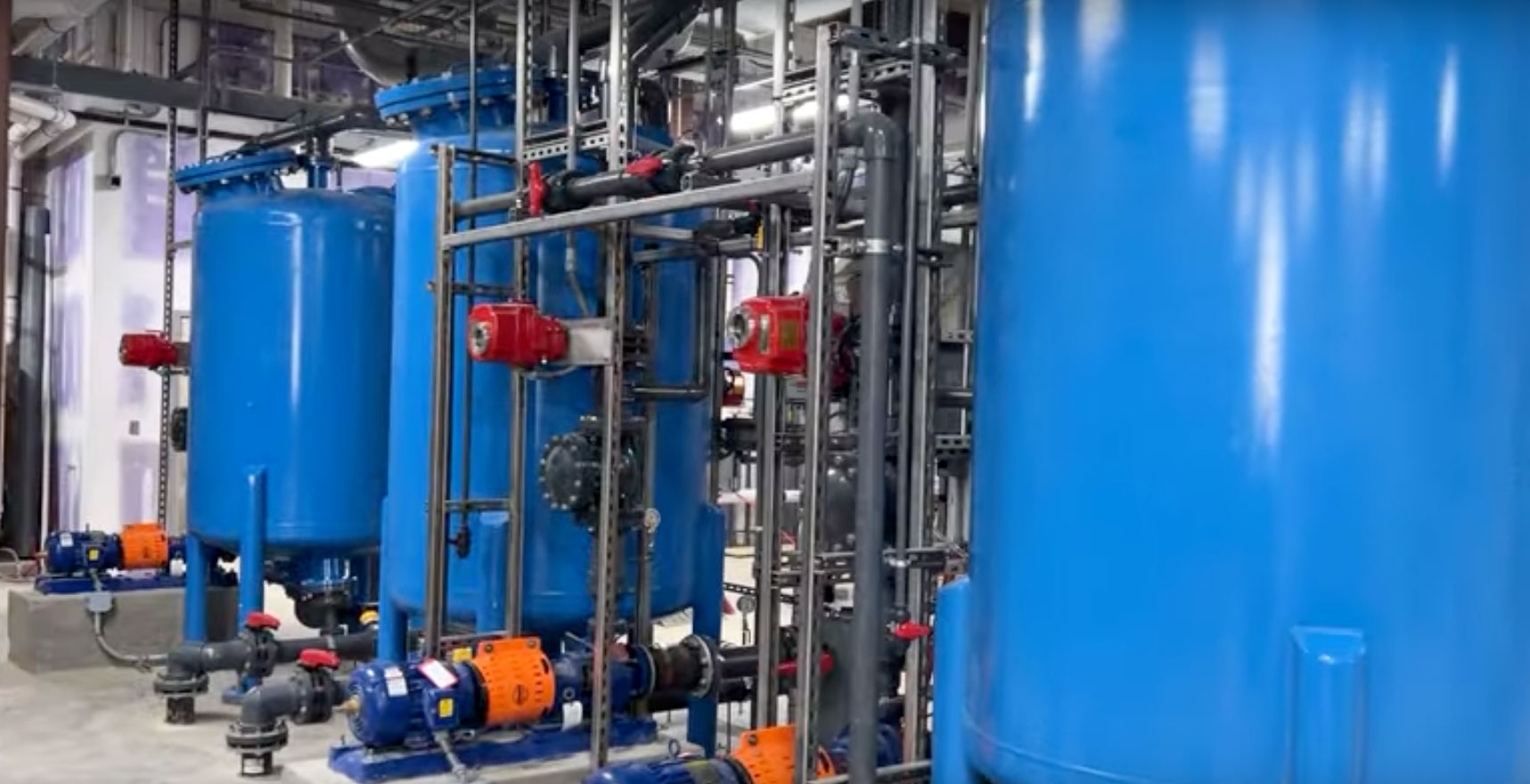
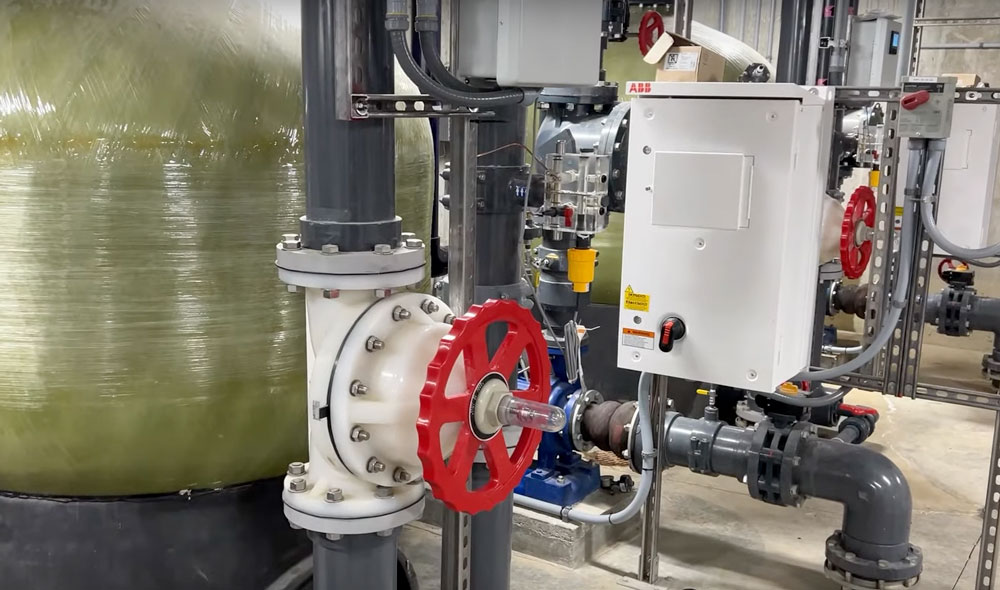
PHOTOS COURTESY OF CINCINNATI ZOO
RELATED VIDEOS:
Stormwater Management
Rainwater harvesting reduces stormwater runoff, which can cause erosion, flooding, and pollution of local waterways. By capturing rainwater, zoos help mitigate these issues, creating a more sustainable urban environment.
At the Henry Doorly Zoo in Omaha, Nebraska, rainwater systems are integrated into exhibit designs, reducing runoff while maintaining naturalistic habitats for the animals. The zoo’s innovative approach ensures that water conservation aligns with its commitment to environmental preservation.
The Indianapolis Zoo takes this concept further with its rainforest-inspired pavilions, which mimic natural ecosystems while collecting rainwater. These structures not only reduce stormwater impact but also serve as educational tools, showcasing sustainable design in action.
Cost Savings
Implementing rainwater harvesting systems can lead to substantial cost savings over time. By using rainwater for tasks like irrigation and cleaning, zoos can lower their utility bills and allocate resources toward other conservation initiatives.
Blackpool Zoo’s rainwater harvesting system, for example, significantly reduces the costs associated with maintaining clean and safe animal enclosures. Similarly, the Cincinnati Zoo’s efforts have helped the organization reinvest in other sustainability projects, amplifying its positive environmental impact.
Educational Opportunities
Rainwater harvesting systems in zoos serve as powerful educational tools. They provide a tangible example of sustainability in action, inspiring visitors to adopt similar practices in their own lives. By integrating these systems into exhibits, zoos can engage the public in conversations about water conservation and its role in protecting the planet.
The Indianapolis Zoo is particularly effective in using its rainwater systems for educational purposes. Its rainforest-inspired pavilions not only function as water catchment systems but also teach visitors about the interconnectedness of water and biodiversity. This interactive approach fosters a deeper understanding of sustainability among guests.
Potter Park Zoo, as part of its Earth Month initiatives, also highlights rainwater harvesting alongside other green practices. These efforts are designed to educate visitors about how individual actions, like using rain barrels at home, can collectively make a significant difference.
Supporting Conservation Goals
Sustainable water practices directly align with the conservation missions of zoos. By reducing their environmental footprint, zoos can better support endangered species and their habitats. Rainwater harvesting enables zoos to allocate more resources toward these critical efforts.
For instance, Potter Park Zoo’s broader conservation initiatives, including its work protecting the Puerto Rican Crested Toad, benefit from the zoo’s commitment to sustainability. By using rainwater harvesting to reduce operational costs and conserve resources, the zoo can channel more efforts into species reintroduction and habitat restoration programs.
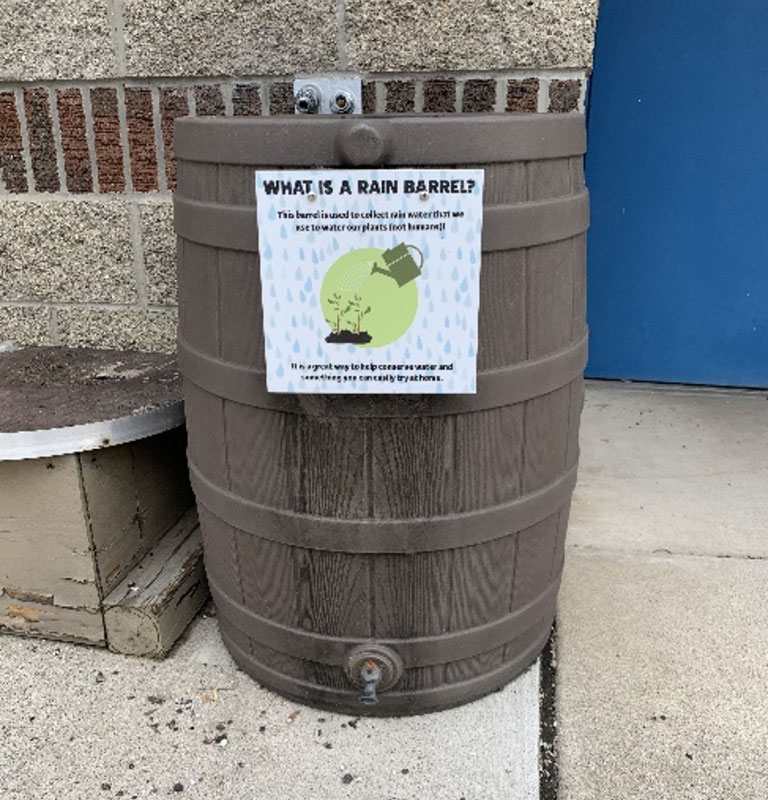

PHOTO COURTESY OF POTTER PARK ZOO
Right: The Cincinnati Zoo hosts an annual Rain Barrel Auction. It is a great opportunity for artists to use their skills for a great cause and support local water conservation and education.
www.savelocalwaters.org.
PHOTO BY LISA HUBBARD AND COURTESY OF CINCINNATI ZOO
Future Potential
Looking ahead, zoos can expand their rainwater harvesting initiatives by integrating them with other sustainable practices, such as solar energy and composting. Collaborations between zoos and environmental organizations can also foster innovation, ensuring that zoos remain at the forefront of conservation and sustainability.
Conclusion
Rainwater harvesting is a powerful tool for zoos striving to operate sustainably while fulfilling their conservation and educational missions. Whether through Potter Park Zoo’s Earth Month initiatives, Blackpool Zoo’s enclosure-cleaning systems, Cincinnati Zoo’s billion-gallon water savings, the Henry Doorly Zoo’s habitat-friendly designs, or the Indianapolis Zoo’s rainforest-inspired pavilions, these institutions demonstrate the transformative potential of sustainable water management.
By embracing rainwater harvesting, zoos not only conserve resources but also inspire their visitors to become environmental stewards. These efforts are a testament to the critical role zoos play in creating a more sustainable future for both wildlife and humanity.
For more information on these initiatives, visit the respective pages for Potter Park Zoo, Blackpool Zoo, Cincinnati Zoo, Henry Doorly Zoo, and Indianapolis Zoo.

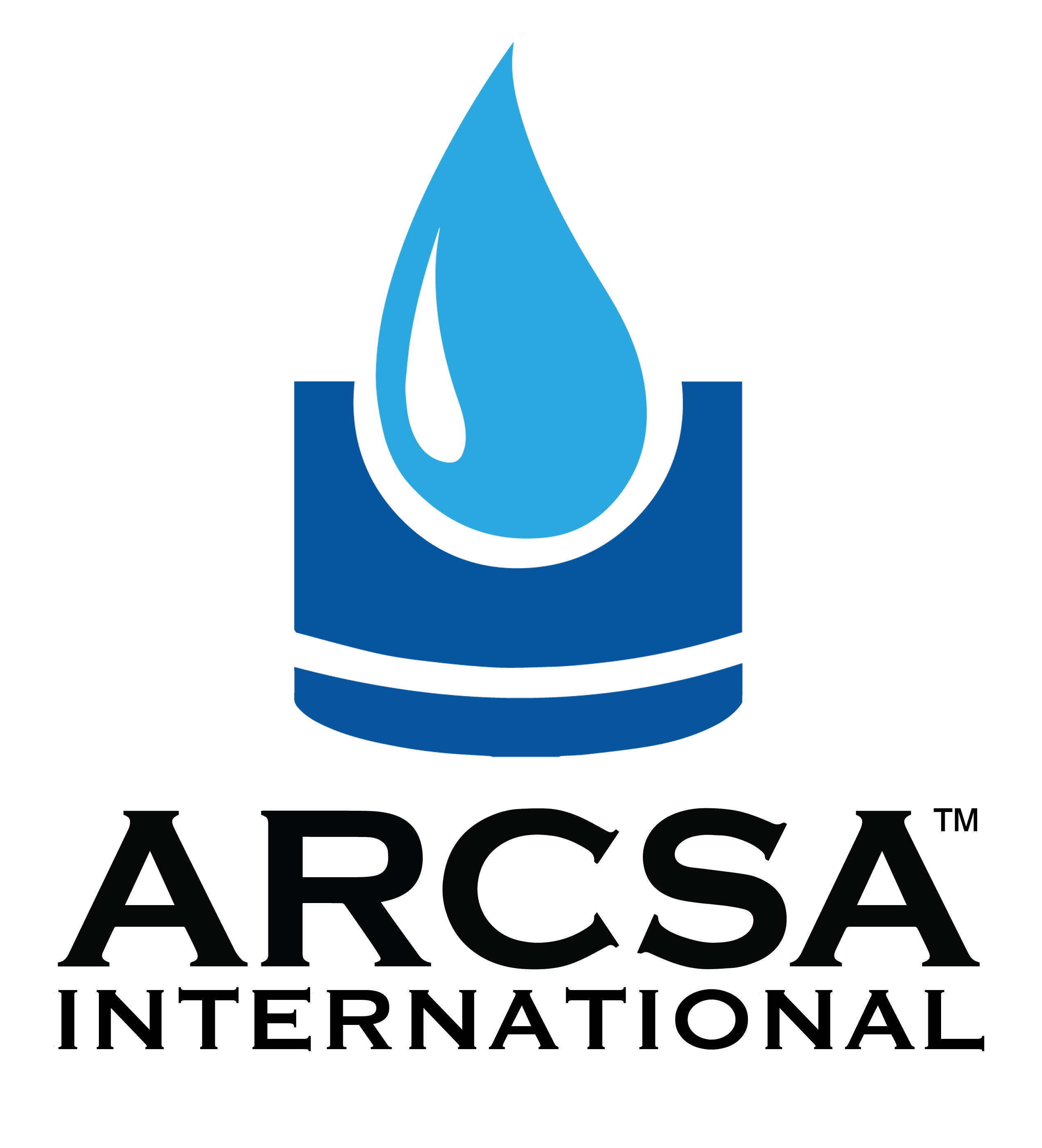
For more information on rainwater systems, contact ARCSA International:
18927 Hickory Creek Drive, Suite 220, Mokena, IL 60448
Email: heather.kinkade@arcsa.org
www.arcsainternational.org
David Viola
Last modified: February 11, 2025
